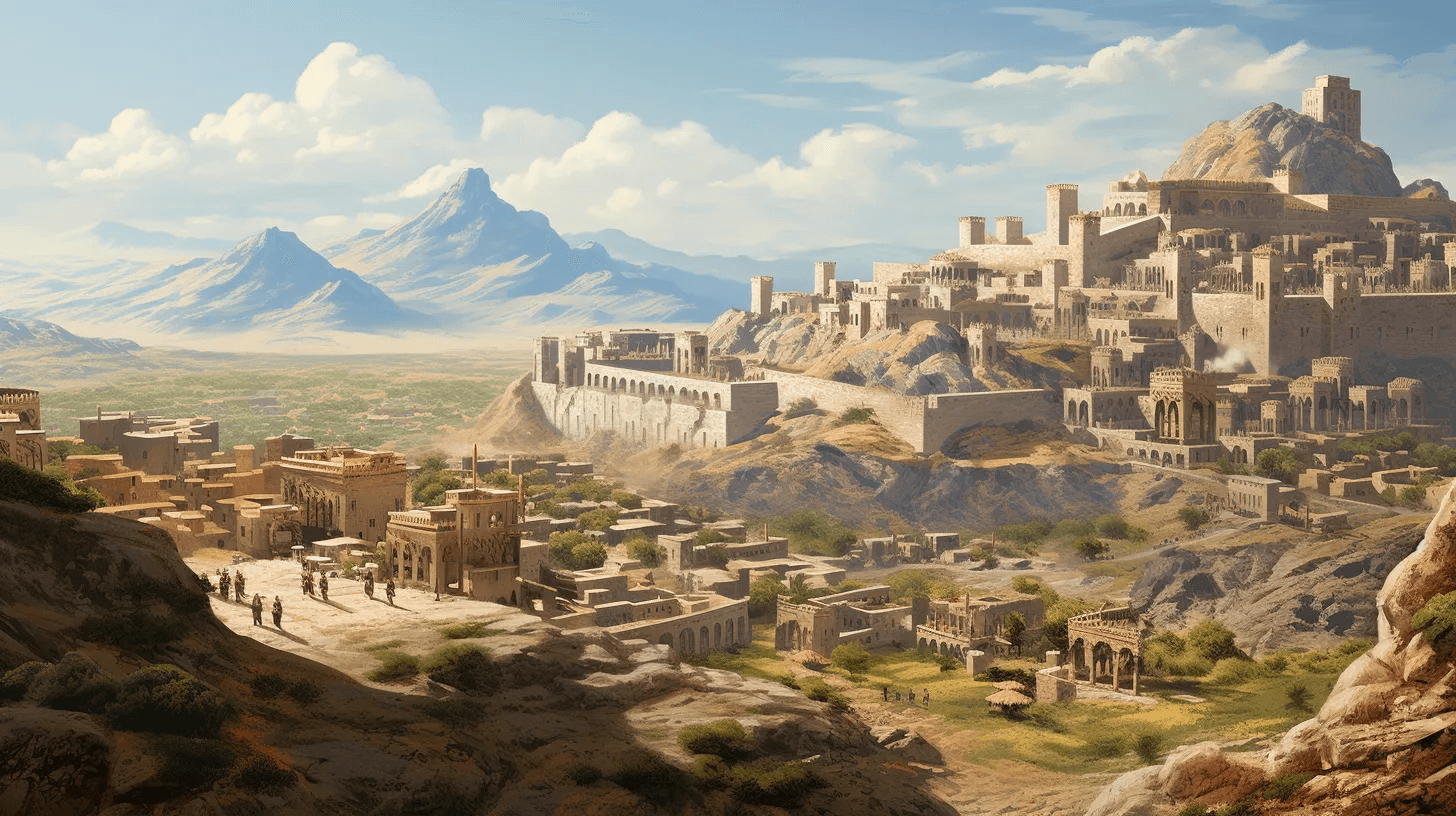
Bactria: Gems from the Crossroads of Ancient Civilizations (2500BCE - 375CE)
Discover the allure of Bactria with our collection of genuine artifacts. Dive deep into the legacy of a region known for its rich blend of cultures, strategic Silk Road location, and the famed Bactrian Gold.
Bactria - a land where East met West, where the Silk Road wove its tales, and where cultures converged to create a unique tapestry of art, trade, and power. Situated in the heart of Central Asia, Bactria was a melting pot of Greek, Persian, Indian, and nomadic influences.
Key Contributions:
- Trade and Commerce: Bactria's strategic location on the Silk Road made it a bustling hub of trade, connecting the Mediterranean, Persia, India, and China.
- Hellenistic Influence: Following Alexander the Great's conquest, Bactria saw a fusion of Greek and local cultures, evident in art, architecture, and coinage.
- Bactrian Gold: The archaeological discovery of over 20,000 gold ornaments in Tillya Tepe showcased the region's wealth and craftsmanship.
- Buddhism and Religion: Bactria played a pivotal role in the spread of Buddhism to the East, with many stupas and monasteries dotting the landscape.
Regions: Bactria, primarily located in present-day Afghanistan and parts of Uzbekistan and Tajikistan, had several key cities and sites:
- Balkh: Often referred to as the 'Mother of Cities', it was a major center of commerce, culture, and religion.
- Ai Khanoum: A Hellenistic city showcasing the blend of Greek and Oriental elements.
- Tillya Tepe: An archaeological site where the famed Bactrian Gold was discovered.
Valued Materials: The Bactrians treasured various materials for their spiritual, artistic, and practical applications:
- Gold: Used extensively in jewelry, ornaments, and coinage.
- Lapis Lazuli: Mined from the nearby Badakhshan region, it was a symbol of wealth and status.
- Terracotta: Used for pottery, figurines, and architectural elements.
- Alabaster: Employed in sculptures and decorative items.
Relevant Time Periods: Bactria's rich history is marked by several key phases:
- Early Bactria (c. 2500–520 BC): Pre-Achaemenid era, with settlements and early trade routes.
- Achaemenid Rule (c. 520–330 BC): Bactria became a satrapy under the Persian Empire.
- Greco-Bactrian Kingdom (c. 256–125 BC): Established post-Alexander's conquest, it saw a fusion of Hellenistic and local cultures.
- Kushan Empire (c. 30–375 AD): Bactria flourished under the Kushans, becoming a center for trade and Buddhism.
Explore our curated selection of Bactrian artifacts, each telling a story of traders, artisans, and monks. From Hellenistic coins to intricate gold jewelry, embrace the legacy of a region that stood at the crossroads of ancient civilizations.







